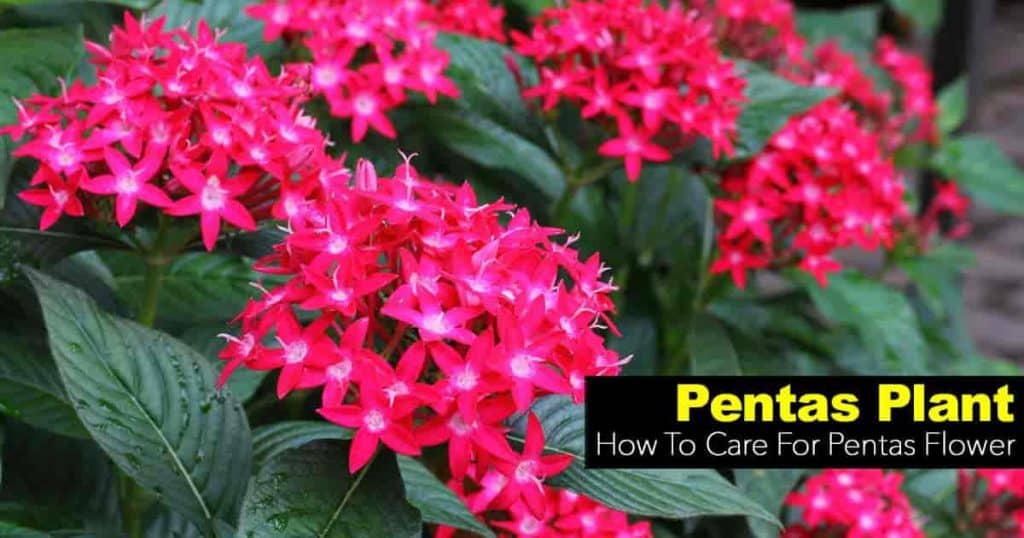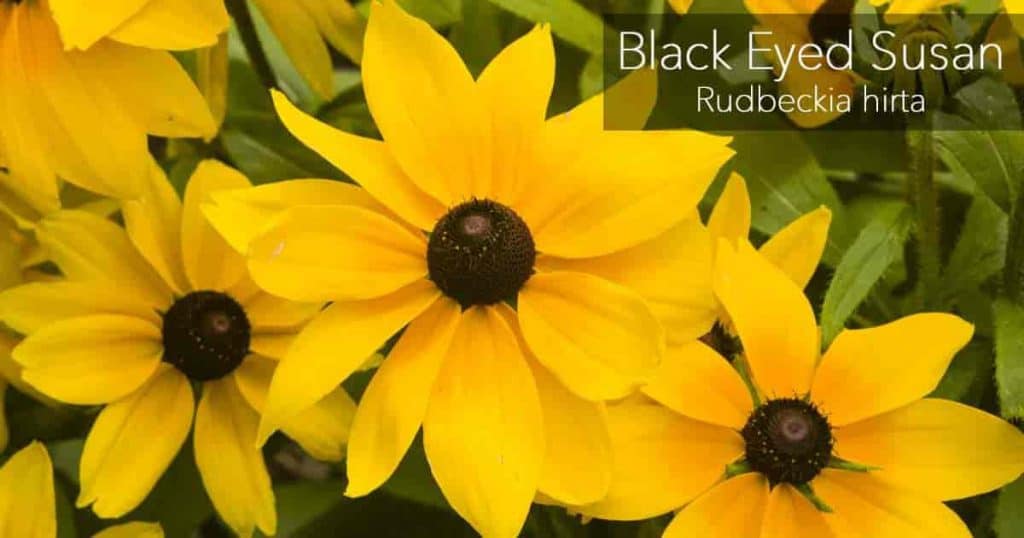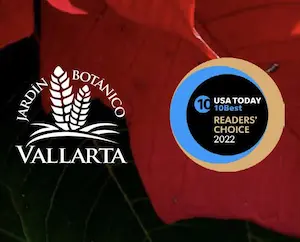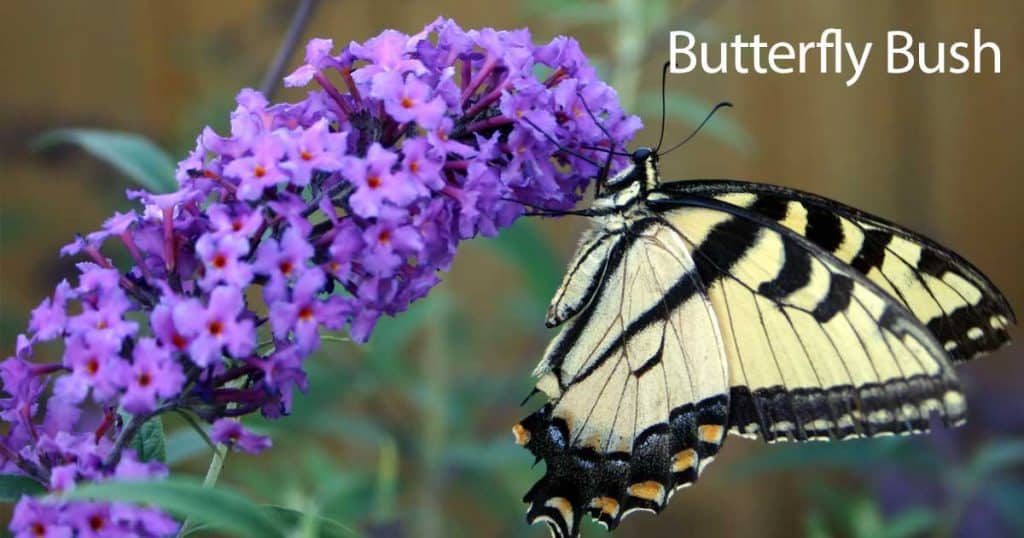Your cart is currently empty!
Choosing Plants for a Butterfly Garden
Anise, Asclepias, Asclepias tuberosa, Aster, Aven, Bee, bird, Black-eyed Susan, Blazing, Blossom, Bouquet, Bud, Butterflies, Caterpillar, Coneflower, Coreopsis, Cornus, Crops, Cutting, dog, Echinacea, Fern, Geranium, Hardiness, Health, Hedge, Herbs, Hummingbird, Insects, Lantana, Lavender, Lawn, Liatris spicata, Milkweed, Mint, Monarch butterfly, Moth, Nectar, Oak, Orange, Pest, Pesticide, pH, Phlox, Poison, Pollen, Pollination, Pollinators, Powdery mildew, Pye, Reproduction, Rudbeckia, Salvia, Sedum, Shrub, Shrubs, Spike, Sunflower, Tea, Tree, Tuber, Verbena, Vervain, Vines, Viola, Zinnia
Butterflies need two types of plants to survive: the host plant and the food plant. Attracting butterflies to your garden takes more than just planting a few flowers for nectar because most people only focus on this one thing. One of their worst mistakes is planting alien, non-native plants that are often promoted as being good for butterflies when they actually aren’t! To have beautiful, healthy butterfly populations again in North America we need to replace our lost native host plants with species like buddleia bushes – it’s all about providing what these amazing insects need!
If you are interested in a garden and plants that attract monarch butterfly, click here.
Butterflies Need to Lay Eggs
Butterflies lay their eggs only on the plant species to which their larvae are adapted. Their larvae only feed on the plants that are appropriate for them as caterpillars. Caterpillars, in turn, become either a new moth or butterfly, or a source of food for birds.
Here are some plants you can use to attract butterflies. Willows attract viceroys; black cherry trees attract tiger swallowtails. Viola feed fritillary butterflies. Virginia Creeper enables the Pandora sphinx to reproduce. Oaks provide food for the polyphemus moth and others. Flowering dogwood (Cornus florida) and any of our native Viburnums hosts the spring azure (Celastrina ladon), an early spring butterfly.
Butterflies Are Good Pollinators
Pollination is essential to plant life, and only about ten percent of plants are self-pollinating. All the rest need butterflies, bees and other pollinators to help them reproduce. As pollinator populations fall, we are more and more at risk of losing entire species of plants.
Without butterflies and other pollinators, many food crops, flowers, and wild plants would be at risk of dying out. Losing these plants would negatively affect people and the natural world. [source]
In addition to helping plants pollinate, butterflies also help ensure the genetic strength and diversity of plants because they travel long distances in the course of their lives.
They carry pollen from one population of plants to another, and this helps plants to better resist disease. When plants are strong and healthy, they also resist pests, so butterflies are instrumental in helping control plant pest populations.
Butterflies Are A Tasty Meal!
Although some butterflies (e.g., Monarch butterfly) are bad tasting and poisonous when ingested, many are important sources of food for birds and other beneficial wildlife.
When butterfly populations drop, so do the populations of animals that eat them. Negative impacts on plant and animal populations have a domino effect throughout the food chain and can cause the complete collapse of ecosystems.
Planting A Butterfly Garden Is Fun & Helpful
It’s easy to see that butterflies are more than just a pretty face. When you select plants especially to attract these useful insects, you beautify your immediate environment and benefit the environment as a whole.
Here are 17 of the best plants you can choose to create a stunning butterfly garden.
Best Butterfly Garden Plants
Buddleia – Butterfly Bush
Butterfly Bush is aptly named. This fast-growing, easy-to-care-for shrub attracts masses of butterflies throughout the summer with sweet smelling white, blue or purple blossoms. These bushes can grow huge, but it’s easy to control their size by just cutting them back to the ground late in the autumn or very early in the springtime.
- Botanical Name: Buddleia Davidii and varieties
- Ideal Conditions: Choose a bright, sunny spot with moist, well-draining soil.
- Height: 10 feet
- Spread: 15 feet
- USDA Hardiness Zones: 5-9 (varies by type)
- Companion Plants: Butterfly bush does well with bright orange Mexican sunflower. This combination provides a beautiful contrast that is very attractive to people and butterflies.
Phlox

Phlox has pretty, sweet-smelling blossoms in white, pink, lavender, salmon, or red all summer long. Be sure to seek out varieties developed especially for disease resistance as this plant can be subject to powdery mildew.
- Botanical Name: Phlox paniculata
- Ideal Conditions: Choose a bright, sunny spot with moist, well-draining soil.
- Height: 4 feet
- Spread: 1 foot
- USDA Hardiness Zones: 4-8
- Companion Plants: Phlox is pretty planted in combination with Purple coneflower or any of the many interesting and pretty varieties of Echinacea. These plants enjoy the same conditions and complement each other beautifully.
Anise Hyssop
Anise Hyssop is a beautiful, rugged, drought-tolerant plant that does very well in hot climates. It produces lovely blue blooms toward the end of summer that are highly attractive to butterflies, yet they are also deer and rabbit resistant. The flowers are sturdy and long-lasting and make excellent cut flowers.
- Botanical Name: Agastache foeniculum
- Ideal Conditions: Choose a bright, sunny spot with moist, well-draining soil.
- Height: 5 feet
- Spread: 2 feet
- USDA Hardiness Zones: 4-10
- Companion Plants: Black-eyed Susan with its bold, yellow flowers, provides a pretty, carefree contrast to Anise Hyssop’s blue blooms.
Asclepias – Butterfly Weed
Butterfly Weed (aka Milkweed) is an excellent choice if you want to attract Monarchs. Adult butterflies enjoy the flowers’ nectar and lay eggs on the leaves of the plant. Caterpillars eat the leaves and make their cocoons on the plants’ stems. The most popular variety has orange flowers, but there are many milkweed varieties.
Look for Swamp Milkweed and Annual Blood-Flower to add variety to your milkweed patch. Not all types appeal to all butterflies, but a good mix will help ensure a meal for a wide variety of butterflies.
- Botanical Name: Asclepias tuberosa
- Ideal Conditions: Choose a bright, sunny spot with moist, well-draining soil.
- Height: 3 feet
- Spread: 1 foot
- USDA Hardiness Zones: 4-9
- Companion Plants: Monarchs also enjoy Liatris spicata (Blazing Star), which is a long-blooming perennial that produces bottle-brush-like blooms in white and lavender. [source]
Aster
The aromatic Aster plant is a wonderful choice to add color and attraction to your butterfly garden in the autumn. Create a riot of color with abundant blossoms in white, pink, blue, red and purple. Pearl Crescent caterpillars, which grow up to be pretty little orange and black butterflies, are especially fond of these plants.
- Botanical Name: Aster selections
- Ideal Conditions: Choose a bright, sunny spot with moist, well-draining soil.
- Height: 5 feet
- Spread: 2 feet
- USDA Hardiness Zones: 3-8
- NOTE: Height, spread, and hardiness vary depending on the type of Aster you choose. If you are short on space, seek out Botanical Named varieties, which tend to be more compact and resist disease quite well.
- Companion Plants: Bloody geranium (aka Geranium sanguineum) is a pretty herbaceous perennial that presents pinkish lavender flowers in the spring and summer and lovely red foliage in the autumn.
Echinacea – Purple Coneflower
Purple coneflower is a hardy, pretty, useful plant that grows well in a bright, sunny butterfly garden. The plant is drought and heat tolerant and produces lovely purplish-pink blooms all summer long. Butterflies enjoy the nectar, and you can enjoy the benefits of the plant as a dried herb useful for making immune-boosting tea.
The flowers are long-lasting in arrangements, and Echinacea is also available in a wide variety of colors and bloom types that are equally attractive to butterflies and gardeners.
- Botanical Name: Echinacea selections
- Ideal Conditions: Choose a bright, sunny spot with well-draining soil.
- Height: 5 feet
- Spread: 2 feet
- USDA Hardiness Zones: 3-9
- NOTE: Height, spread, and hardiness vary depending on the type of Echinacea you choose.
- Companion Plants: Anise hyssop has small, purple flowers and mint-like leaves. Both flowers and leaves smell like anise, but this plant is a member of the mint family. It does well in bouquets, is attractive to butterflies and looks pretty as a backdrop for Echinacea.
Salvia – Meadow Sage
May Night or Meadow Sage is a vigorous salvia cultivar that produces abundant spikes of purple flowers throughout the summer. This heat-tolerant, drought-resistant plant is easy to grow and well-loved by butterflies. There are other salvia varieties available in pink, red and orange.
- Botanical Name: Salvia sylvestri
- Ideal Conditions: Choose a bright, sunny spot with well-draining soil.
- Height: 3 feet
- Spread: 1 foot
- USDA Hardiness Zones: 4-9
- Companion Plants: Bright yellow Coreopsis makes a pretty companion for Salvia sylvestri.
Lantana
Bushes of Lantana flowers abundantly throughout the summer with pretty white, cream-colored, yellow, orange, red, pink and lavender blossoms. This plant is excellent in the garden or as a container plant. It is a good choice mixed into the flower bed or trained along a border.
- Botanical Name: Lantana selections
- Ideal Conditions: Choose a bright, sunny spot with well-draining soil.
- Height: 3 feet
- Spread: 3 feet
- USDA Hardiness Zones: 10
- TIP: Grow Lantana bush as an annual in cooler zones.
- Companion Plants: Zinnia are very pretty grown side-by-side with Lantana, and both are extremely attractive to butterflies.
Pentas

Pentas produce pretty clusters of white, pink and red star-shaped blossoms even in hot, dry conditions. This easy-to-grow plant is a sure hit with hummingbirds and butterflies.
- Botanical Name: Pentas selections
- Ideal Conditions: Choose a bright, sunny spot with well-draining soil.
- Height: 4 feet
- Spread: 3 feet
- USDA Hardiness Zones: 10-11
- TIP: Grow Pentas as an annual in cooler zones.
- Companion Plants: Angelonia produces spikes of white, pink, mauve, yellow and blue. It’s an easy-care plant that is very attractive to butterflies and looks gorgeous in combination with Pentas.
Passiflora – Passion Flower
Passion flower is an exotic, hardy climbing vine which a wide variety of butterflies love. The pretty blue flowers produce lots of tasty nectar, and the vegetation provides good habitat for the caterpillars.
- Botanical Name: Passiflora incarnata
- Ideal Conditions: Choose a bright, sunny spot with well-draining soil.
- Height: 10 feet
- Spread: 10 feet
- USDA Hardiness Zones: 6-9
- Companion Plants: Black-Eyed Susan vine is a fast-growing African native that looks lovely twining amongst Passion flower’s pretty blue blooms.
Tithonia – Mexican Sunflower
Mexican sunflower boasts big orange flowers throughout the summer. Butterflies love the flowers, and the plants are fast growing and easy to take care of.
- Botanical Name: Tithonia rotundifolia
- Ideal Conditions: Choose a bright, sunny spot with well-draining soil.
- Height: 6 feet
- Spread: 1 foot
- USDA Hardiness Zones: Annual
- Companion Plants: South American verbena (aka South American vervain or Purple-Top) is a fast-growing, self-seeding tender perennial that looks lovely with Mexican sunflower, but be careful in the southern states as it can quickly get away from you and become invasive. [source]
Verbena
South American Verbena is also a lovely butterfly garden plant on its own. The pretty purple flowers make nice bouquets, and they grow back almost as fast as you can cut them.
- Botanical Name: Verbena bonariensis
- Ideal Conditions: Choose a bright, sunny spot with well-draining soil.
- Height: To 6 feet tall and 2 feet wide
- USDA Hardiness Zones: 7-10
- TIP: Grow South American Verbena as an annual in cooler zones.
- Companion Plants: Yarrow is a wildflower that produces flat clusters of blossoms in lots of pretty colors. This plant is resistant to heat and drought, naturalizes easily and is very popular with butterflies.
Zinnia
Zinnias are perky and popular with people and butterflies, alike. Available in a wide range of colors and varieties, it’s easy to create an interesting, varied garden with just a collection of pretty zinnias.
- Botanical Name: Zinnia selections
- Ideal Conditions: Choose a bright, sunny spot with well-draining soil.
- Height: 3 feet
- Spread: 1 foot
- NOTE: Height and spread vary depending on the types of Zinnias you choose.
- USDA Hardiness Zones: Annual
- Companion Plants: Fennel is a fern-like plant that produces small yellow flowers and provides a nice backdrop for zinnias. As a member of the carrot family, both the leaves and roots of this plant are edible.
Eupatorium – Joe Pye Weed
Joe Pye Weed is a big, vigorously growing plant that butterflies love. Some varieties grow to be six feet tall, but there are cultivars (e.g., Little Joe) that stay smaller. The plant produces billowing clusters of dusty pink blooms late in the summer and into the autumn.
- Botanical Name: Eupatorium selections
- Ideal Conditions: Choose a bright, sunny spot with moist, well-draining soil.
- Height: 7 feet
- Spread: 3 feet
- USDA Hardiness Zones: 3-9
- Companion Plants: South American verbena is a natural companion that presents a pretty combination to the eye and an irresistible taste combination for butterflies.
Rudbeckia – Black-Eyed Susan

Black-Eyed Susan is a daisy-like perennial that is heat and drought resistant and lovely in bouquets. Blossoms appear late in the summer and provide a tasty meal for butterflies and bees.
- Botanical Name: Rudbeckia selections
- Ideal Conditions: Choose a bright, sunny spot with well-draining soil.
- Height: 6 feet
- Spread: 3 feet
- USDA Hardiness Zones: 4-9
- Companion Plants: Purple Coneflower and Black-Eyed Susan are a pretty, classic combination.
Foeniculum – Fennel
Bronze fennel is an edible plant that adds texture and interest to your butterfly garden. Swallowtail butterflies love it, and their caterpillars eat the leaves and make their cocoons on the stems. Fennel is self-seeding and vigorous, so it’s wise to trim the flowers back just before they go to seed to prevent having it become invasive. [source]
- Botanical Name: Foeniculum vulgare
- Ideal Conditions: Choose a bright, sunny spot with moist, well-draining soil.
- Height: 6 feet
- Spread: 2 feet
- USDA Hardiness Zones: 4-9
- Companion Plants: Queen Anne’s lace is a richly textured wildflower that has dusty green foliage and white flowers. It is a host plant for Swallowtail caterpillars.
Coreopsis
Coreopsis has pretty yellow blossoms and deep green, fernlike foliage. The plant blooms all summer long and can be encouraged to bloom even more with vigorous deadheading. In fact, trimming it back with the hedge clippers is a good way to get it to produce blossoms in abundance.
- Botanical Name: Coreopsis ‘Moonbeam’
- Ideal Conditions: Choose a bright, sunny spot with well-draining soil.
- Height: 18 inches
- Spread: 18 inches
- USDA Hardiness Zones: 3-8
- Companion Plants: Sedum (aka Stonecrop) produces mounds of white, greenish or lavender flowers after Coreopsis is finished blooming.
Crossandra
Crossandra pretty apricot-salmon colored flowers with a deep green, “Gardenia-like” foliage. The plant blooms April through October. Deadheading with encourages more growth and blooms.
- Botanical Name: Crossandra infundibuliformis
- Ideal Conditions: Choose a bright, sunny spot with well-draining soil.
- Height: 12″-18″ inches
- Spread: 18 inches
- USDA Hardiness Zones: 9-11
10 Tips For Creating A Safe, Inviting Butterfly Garden
Butterflies may come for the flowers, but if other conditions are not right, they may not have a successful visit. Here are ten things you can do to be sure your garden is safe for butterflies and conducive to butterfly reproduction.
- #1 – Avoid pesticides. Turn to natural pest control – especially in your butterfly garden. Stay away from poisons like Sevin, diazinon, and malathion as they will kill off everything, including butterflies.
- #2 – Include native plants as often as possible. Learn about wildflowers and natural plants that thrive in your area. Creating a native plant garden or adding native plants to your garden makes a pretty, easy-care butterfly attraction that will also support other beneficial native fauna
- #3 – Take advantage of the sun. You’ve probably noticed that all the plants listed love full sun. Even if you only have a little space, such as a sunny deck or balcony, use it to its best advantage to encourage and support butterflies. They love the sun, and often will only feed in areas that have full sun.
- #4 – Pay attention to your color combinations. The brighter the colors, the more attractive your garden will be to butterflies. They especially like purple, pink, orange and yellow. Red is also a favorite with both butterflies and hummingbirds.
- #5 – Pay attention to shape. Flowers with flat tops and those that with short flowering tubes are the most accessible for butterflies.
- #6 – Choose your milkweed well. Learn about the types of butterflies in your area and the types of milkweed that are native to your area. Be sure to plant an ample amount of your native milkweed to accommodate your native butterflies. Add other types for color and interest, but understand that they may not be edible or useful as host plants for your local butterflies and caterpillars.
- #7 – Set up butterfly baths. Butterflies like birdbaths, but there is always the risk they might fall in and drown. That’s probably why they prefer to “puddle.” They like to rest, relax and drink water in puddles of mud or damp sand. To provide this, fill a plant saucer or other shallow dish with sand and water to provide a safe cooling and drinking place for butterflies. Change the water every day or two.
- #8 – Set up sunbathing areas. Butterflies like to bask in the sun, so be sure your garden has some flat surfaces for them to alight upon. Flat rocks, tables and lawn furniture are all good choices.
- #9 – Remember butterflies are for looking, not touching. Enjoy watching them wild and free, and teach your children to do the same. Don’t catch them to look at them as they are delicate and can be badly harmed or killed by handling. When you kill a butterfly, you are also killing all of its offspring.
- #10 – Learn the difference between pest caterpillars and butterfly caterpillars. Take a little time to learn to recognize the offspring of your local butterflies. If you have a good butterfly garden, they are unlikely to turn up in your veggie garden. If they do, simply transfer them to their own space to live and grow in peace.
Video – Planting a Butterfly Garden Plants
Share with Family and Friends
Featured Authors
Visit a Botanical Garden For Unique Experiences.
Comments
Logging in to comment gives you more features, but it is not required.
Subscribe
0 Comments
Oldest














